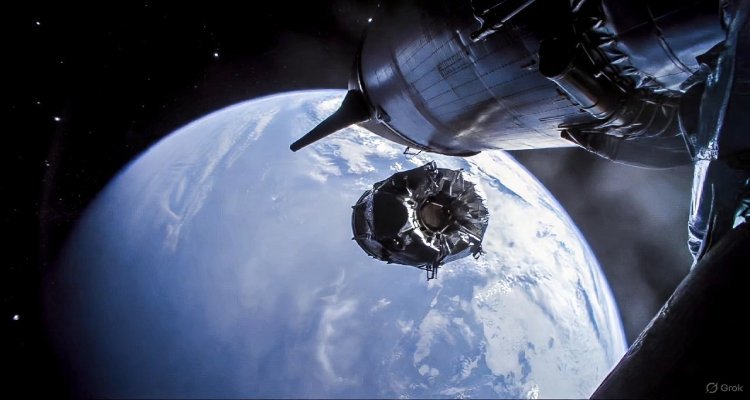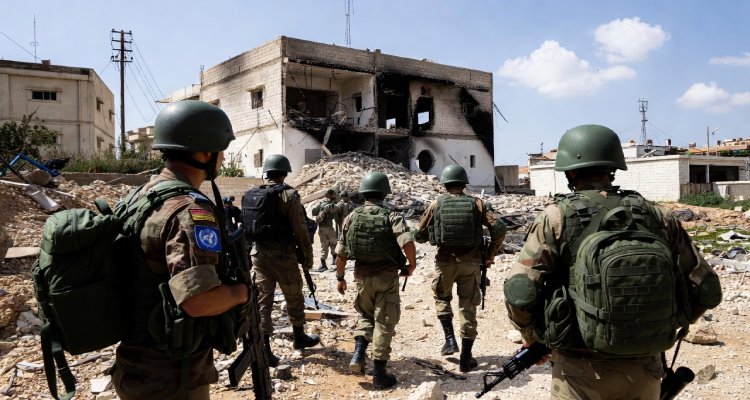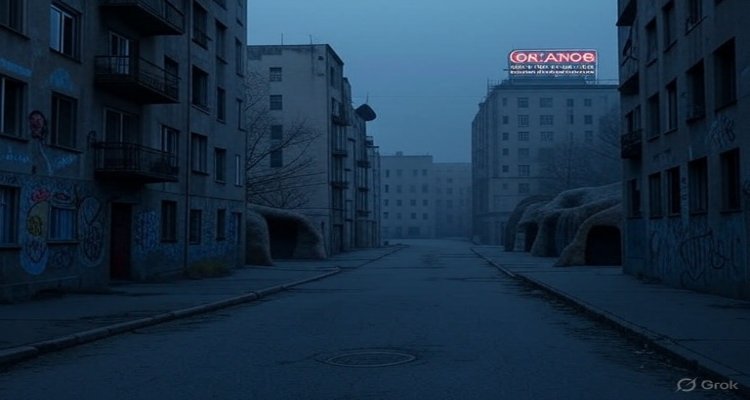Secret Cities Hidden in Plain Sight
From Cold War bunkers to modern underground hubs, secret cities have existed in plain sight. Here’s how they shaped history and what they mean today.
Introduction: The Cities You Were Never Meant to See
Most people imagine cities as sprawling landscapes of lights, streets, and skylines. But history tells another story—of urban settlements that thrived out of sight, concealed beneath mountains, deserts, or even right under populated regions. These “secret cities” weren’t just mysterious hideouts; they were centers of strategy, science, and survival. Today, their legacy still shapes how governments and societies think about security, secrecy, and urban planning.
Context & Background: A Tradition of Hidden Worlds
Secret cities are not a modern invention. Ancient civilizations often built hidden settlements for protection from enemies or natural disasters. In Cappadocia, Turkey, vast underground cities dating back to the Byzantine era still survive—capable of housing thousands, complete with ventilation shafts and wells.
Fast forward to the 20th century, and the stakes grew higher. World War II and the Cold War ushered in a new era of secrecy. Cities were designed not just to protect citizens but also to advance nuclear research, military operations, and intelligence missions. From the American desert to Soviet Siberia, entire communities sprang up in silence, absent from maps and public records.
Main Developments: Hidden in Plain Sight
The Soviet “Closed Cities”
During the Cold War, the USSR developed dozens of zakrytye goroda (closed cities). These places were entirely absent from official maps, accessible only with special permits. One of the most famous was Arzamas-16 (now Sarov), where the Soviet nuclear bomb was designed. Residents lived comfortable lives compared to much of the USSR, but their world was sealed off, guarded by checkpoints and secrecy.
America’s Atomic Towns
The United States wasn’t far behind. During the Manhattan Project, towns like Oak Ridge, Tennessee, and Los Alamos, New Mexico, sprang up almost overnight. Thousands of workers lived in these places without knowing the true nature of their work—developing the atomic bomb. The secrecy was so tight that even family members often had no idea what their loved ones were building.
Asia’s Hidden Hubs
China, too, has had its share of secretive cities, including research facilities tucked away in desert regions. Some remain off-limits today, supporting advanced military and technological programs.
Expert Insight & Public Reaction
“Secret cities are the physical embodiment of a world where knowledge was power—and secrecy was survival,” says Dr. Emily Carter, a historian of Cold War geopolitics. “They weren’t just military projects. They were social experiments in isolation, loyalty, and control.”
Public reaction, once the veil lifted, was mixed. For some former residents, these places carried nostalgia—safe, well-supplied communities shielded from the chaos outside. For others, they represented a gilded cage: a life without freedom of movement, where even letters were censored.
Impact & Implications: Why They Still Matter
While many of these cities have since opened up, their legacy lives on. Some, like Oak Ridge, have transformed into thriving communities with museums commemorating their hidden past. Others remain active sites of military research, inaccessible to outsiders.
Today, the idea of hidden or restricted cities continues in new forms. Tech companies and governments experiment with “closed campuses” and underground hubs designed to shield critical infrastructure from cyberattacks, terrorism, or even climate threats. The blueprint of secret cities still informs how nations prepare for existential risks.
Moreover, secrecy raises ethical questions. Who gets to decide what remains hidden? And in an era of surveillance and satellites, is it even possible to keep entire cities secret anymore?
Conclusion: Shadows on the Map
Secret cities reveal a paradox at the heart of modern civilization: our desire for openness alongside our instinct for secrecy. They tell stories of innovation and fear, progress and paranoia. Though many have been unmasked, the idea of urban spaces hidden in plain sight continues to intrigue—and perhaps, in some places, still exists quietly beyond our gaze.
Disclaimer :This article is intended for informational and educational purposes. It is based on historical and publicly available accounts of secret and restricted cities.











